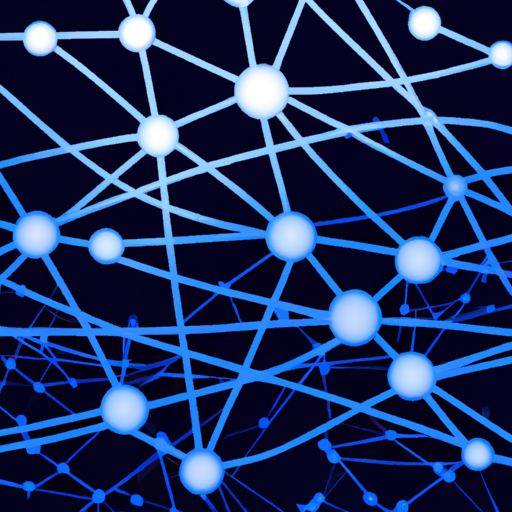Welcome to our in-depth exploration of OpenAI models, the powerful AI technologies that are shaping the future of various industries. In this blog post, we will discuss the significant advancements made by these models, their applications, and the ethical considerations surrounding their use.
What are OpenAI Models?
OpenAI has developed several cutting-edge AI models that leverage the power of machine learning and neural networks. The most notable among these is GPT-3, which stands for Generative Pre-trained Transformer 3. This model has gained attention for its ability to generate human-like text and respond to prompts in a highly coherent manner.
Capabilities of OpenAI Models
OpenAI models are capable of performing a wide array of tasks, including:
- Text generation and completion
- Language translation
- Summarizing articles
- Answering questions
- Sentiment analysis
The versatility of these models allows businesses to harness their power for various applications, from customer service chatbots to content creation.
Applications in Different Industries
The impact of OpenAI models is being felt across multiple sectors:
- Healthcare: Assisting in data analysis, patient interaction, and research.
- Finance: Automating reports, financial forecasting, and fraud detection.
- Marketing: Crafting personalized content and optimizing ad campaigns.
- Education: Providing tutoring support and automating administrative tasks.
Ethical Considerations
While the capabilities of OpenAI models present exciting opportunities, they also raise important ethical questions. Issues such as privacy, bias in AI decisions, and the potential for misuse need careful consideration by developers and users alike. Ensuring responsible usage of AI technology must be a priority moving forward.
Conclusion
OpenAI models represent a significant leap forward in the realm of artificial intelligence. By understanding their capabilities and potential applications, businesses and individuals can harness the power of these models responsibly and effectively. As we continue to evolve in this technological age, the influence of AI will only expand, making it essential to stay informed and engaged.






